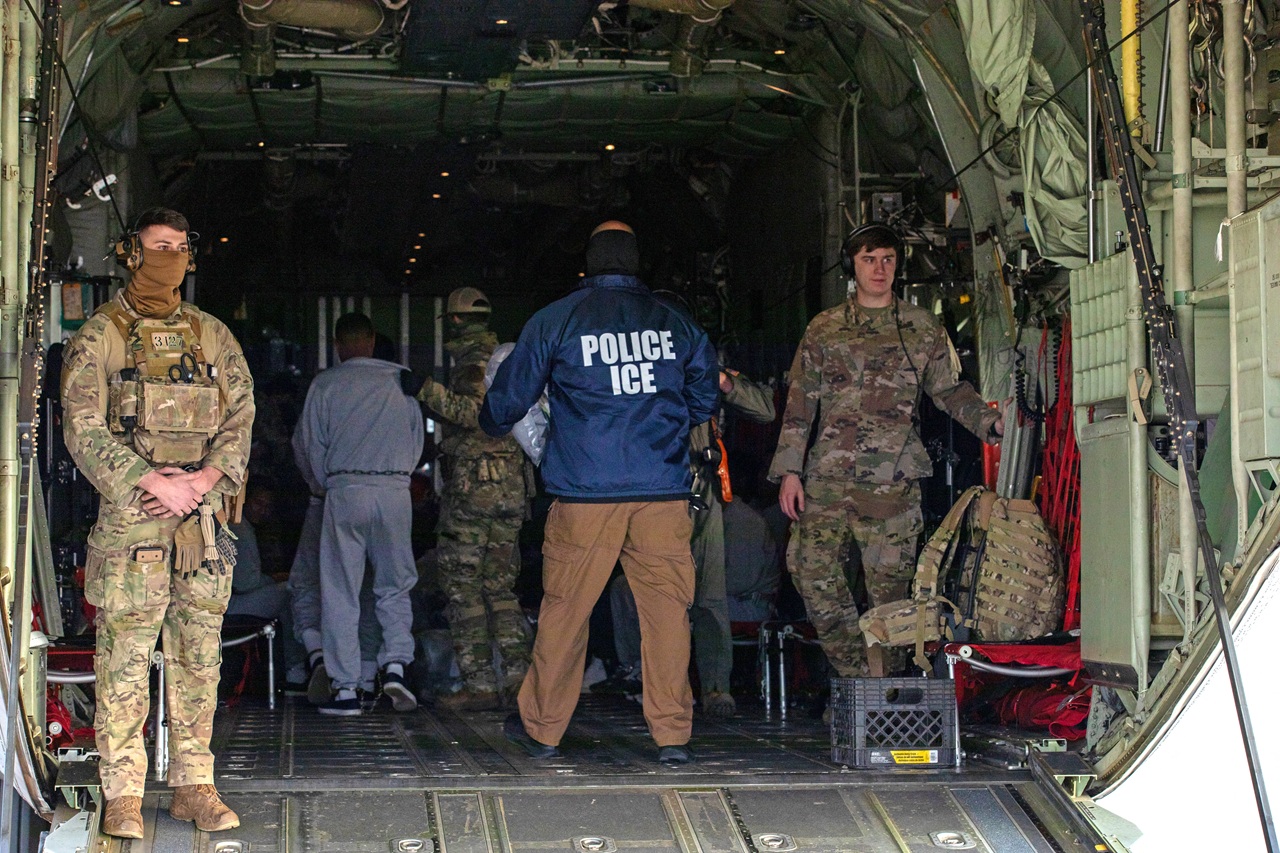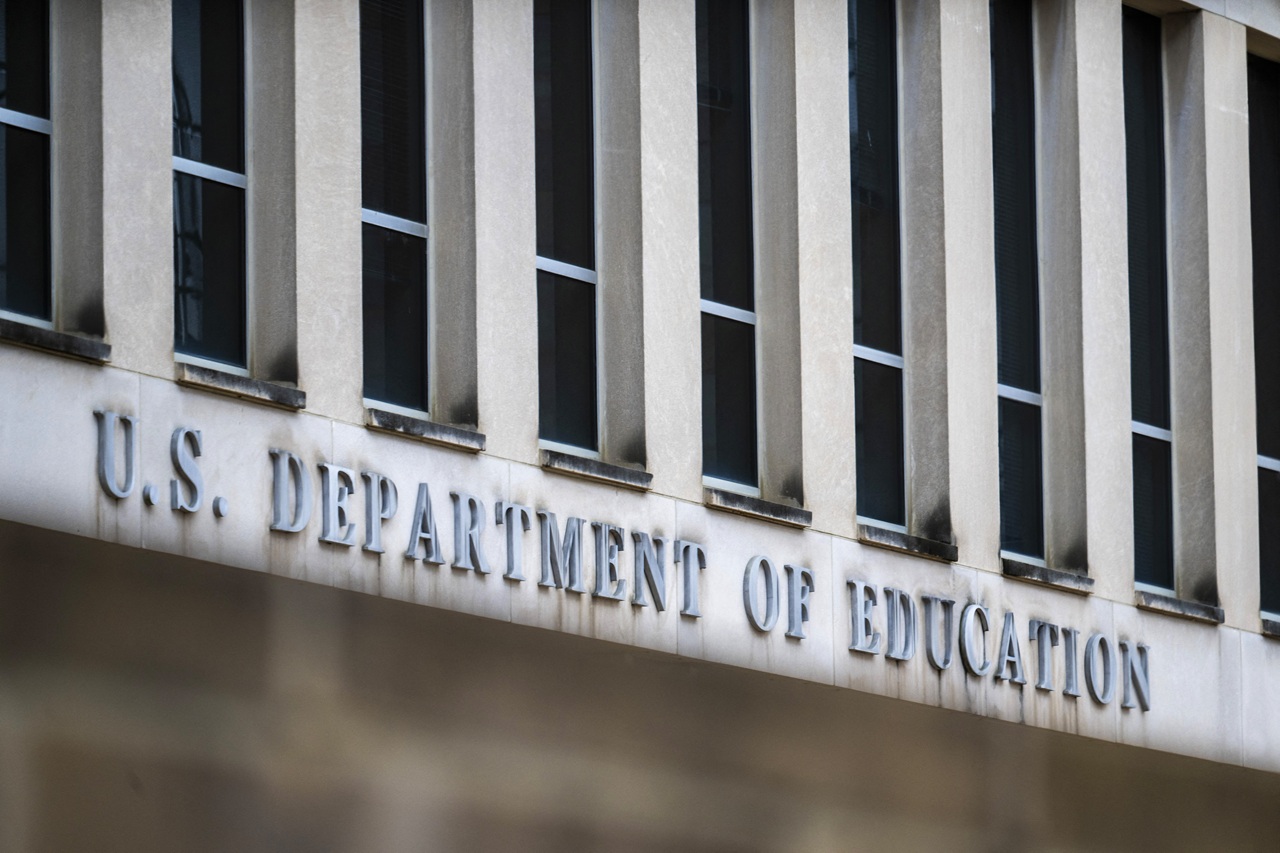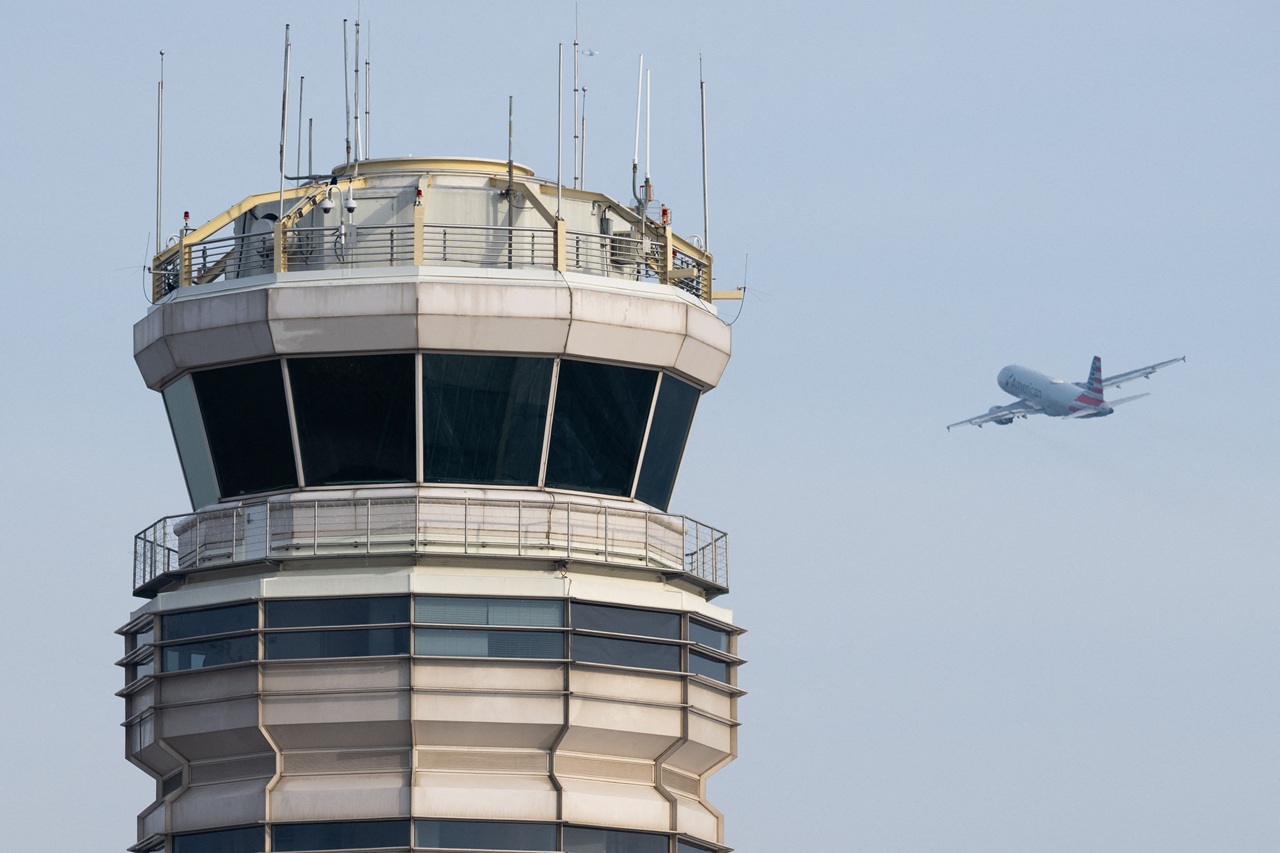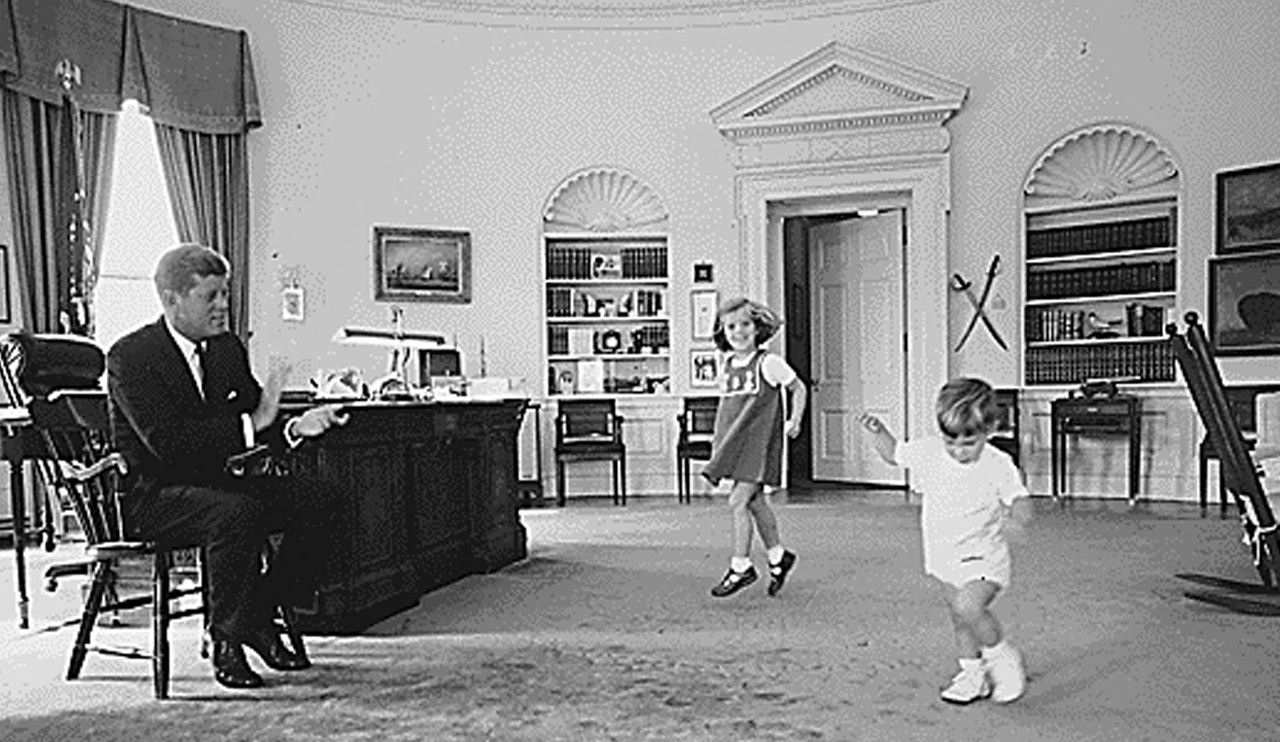
A brief summary of the U.S. – Iran conflict
Following the withdrawal of the United States from the nuclear agreement with Iran, Donald Trump's government is now in the midst of an aggressive conflict in…
The Trump Administration is once again creating a hornet's nest in international diplomacy and insists on flirting with nuclear conflict.
The failed negotiations with North Korea and the resumption of missile tests in the peninsula have served no purpose because now the tension is increasing in the Middle East.
After the U.S. government withdrew in May 2018 from the nuclear agreement with Iran and re-imposed sanctions on Tehran in November, presidential advisers have sharpened their diplomatic stance.
Just three months ago, national security adviser John Bolton sent a threatening message to the leader of the Middle Eastern country, Ayatollah Khamenei, assuring that he would not have "many anniversaries to enjoy."
To make matters worse, four tankers were boycotted on Sunday in front of the United Arab Emirates, and Iran's enemy countries accused them of provocation.
Both Trump and Khamenei have added fuel to the fire, threatening each other about an "imminent defeat" if the matter comes to armed conflict.
This week, however, both Secretary of State Mike Pompeo and representatives of Tehran have lowered their tone by assuring that neither side is interested in reaching those extremes.
To guard their backs, the Administration ordered a "partial evacuation" of the staff in the embassy of the neighboring country, Iraq.
Despite the prominence that the Trump government has adopted in the breakdown of relations with Iran, these have not always been good, especially since the Second World War.
During the 1940s, Iran was a victim of the invasion of the United Kingdom and the Soviet Union, who were backed by the United States. However, the new diplomatic spirit of the world after the bloody conflict brought both sides to the negotiating table.
In 1953, the CIA backed an operation to overthrow the democratically-elected Prime Minister Mohammad Mossadegh in order to protect the U.S. and Britain's interest in the country's oil—Mossadegh had nationalized the oil industry and the U.S. wanted to return control to Mohammad Reza Pahlavi, the last Shah of Iran. The coup succeeded, and though the CIA did not admit its involvement until 2013, the Iranian people widely understood the coup to be an effort orchestrated by the U.S.
That frustration with the Shah's regime as a Western puppet was part of what fueled the Iranian Revolution in 1979, which ultimately submerged the nation under the yoke of a theocratic regime.
On Nov. 4 of that year, the radical group of Muslim Student Followers of the Imam’s Line responded to President Jimmy Carter's decision to protect the former Shah (leader) by occupying the U.S. embassy in Tehran and abducting 52 U.S. diplomats for 444 days.
The Carter administration responded with the so-called Executive Order 12170 and froze up to 12 billion dollars in Iranian assets, some of which remain suspended today.
Hence the chain of economic sanctions by the United States imposed mainly in 1995 by President Bill Clinton, and which includes Iranian purchases of food, spare parts, and medical products, as well as American purchases of carpets and food.
President George Bush continued these sanctions under the Iran Sanctions Law (ISA), which was renewed for another ten years in December 2016.
Even when the relations between both countries are framed in economic fights, violence has always been a crucial part.
The participation of the United States in the war between Iran and Iraq in the 1980s, the association of the terrorist group Hezbollah with the Iranian regime, and the attempt by President Ronald Reagan to resume relations through arms sales - and its consequent Iran Contra Affair - further complicated matters.
After the 9/11 attacks, the United States radicalized its anti-terrorism stance, and Iranian President Mohammad Khatami reached out to the American country to fight together against the Taliban regime in Afghanistan.
But President Bush's speech to the United Nations a year after the attacks on the World Trade Center broke relations again after he called Iran, North Korea, and Iraq "the axis of evil."
The development of Iran's weapons technology through the enrichment of uranium detonated an international warning against the risk of a nuclear crisis.
Iran's nuclear program, exposed as an alleged "energy plan," led to the permanent members of the United Nations to draft a multilateral agreement that would prevent the emergence of nuclear power.
Beginning in 2006, the United States has accused Iran of instigating terrorist groups such as Al-Qaeda in Iraq, imposed new sanctions against its institutions and even carried out a raid on the Iranian embassy in Iraq.
RELATED CONTENT
During the Obama Administration, both countries tried to approach diplomatically, opting for the lifting of sanctions after the signing of the Joint Comprehensive Plan of Action in 2015, a pact that called for Iran’s total nuclear disarmament.
Now, under the Trump Administration, the United States has broken with the agreement that it once helped to establish.
In June 2019, two explosions paralyzed two oil tankers in the Gulf of Oman, a vital passage for a third of the world's oil, according to media reports at the time.
The images of a ship on fire, with more than half of the structure destroyed, gave Secretary of State Mike Pompeo grounds to accuse Tehran of the attack.
Further investigations determined that the matter had more to do with the interests of an Iraqi sheik and the economic lobbying of some in the region to overthrow Iran's government.
During the last weeks of 2019, a U.S. civilian died after Iran attacked an Iraqi base with missiles, leaving multiple members of the U.S. military service dead, according to the New York Times.
Although those responsible for the attack could not be determined, members of the U.S. forces in the territory had received threats from both Iranian-backed militias and some stragglers of the Islamic State.
The previous decision of the United States to impose sanctions on Iran to prevent its strong military presence on Arab borders, as well as to try to weaken its nuclear weapons development, seemed not to have given the expected results but rather the opposite.
Likewise, President Donald Trump's abandonment of Syria's northern border left the door open for the massacre of thousands of Kurdish militants, strongly supported by the Tehran government.
The consequence was the escalation of tensions during the last months that now seems to have reached a point of no return with the assassination of the most important Iranian intelligence commander in the country's power scale, Major General Qassem Suleimani, who was killed in a drone attack authorized by Trump on Jan. 3.
Suleimani was the highest-ranking military officer in Iran and was considered an extremely important diplomatic figure, especially for his leadership in the Islamic Revolutionary Guard Corps.
His assassination, along with several officers from Iranian-backed Iraqi militias, took place "when a U.S. MQ-9 Reaper drone fired missiles at a convoy leaving the airport," the New York Times reported.
“General Suleimani was the architect of nearly every significant operation by Iranian intelligence and military forces over the past two decades,” the Times adds, “and his death was a staggering blow for Iran at a time of sweeping geopolitical conflict.”
For its part, Tehran leadership, led by Supreme Leader Ayatollah Ali Khamenei, issued a statement calling for three days of public mourning and a subsequent retaliation.
“His departure to God does not end his path or his mission,” the statement said, “but forceful revenge awaits the criminals who have his blood and the blood of the other martyrs last night on their hands.”











LEAVE A COMMENT: